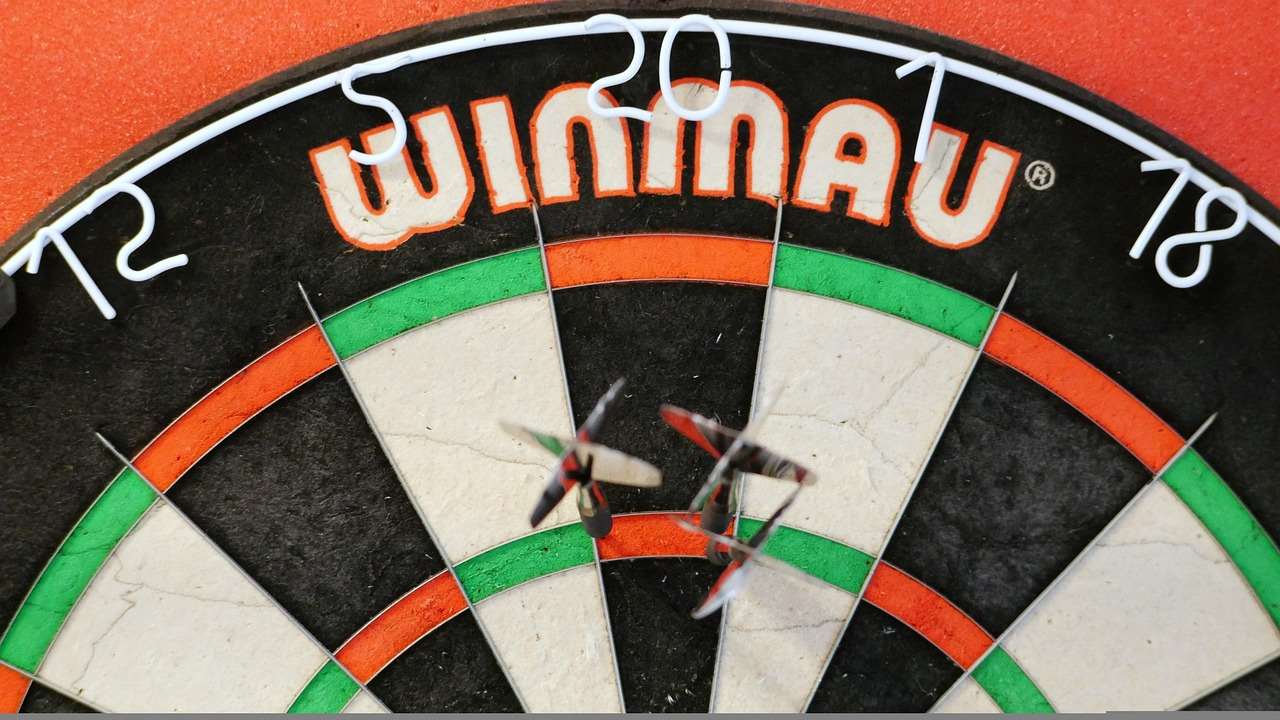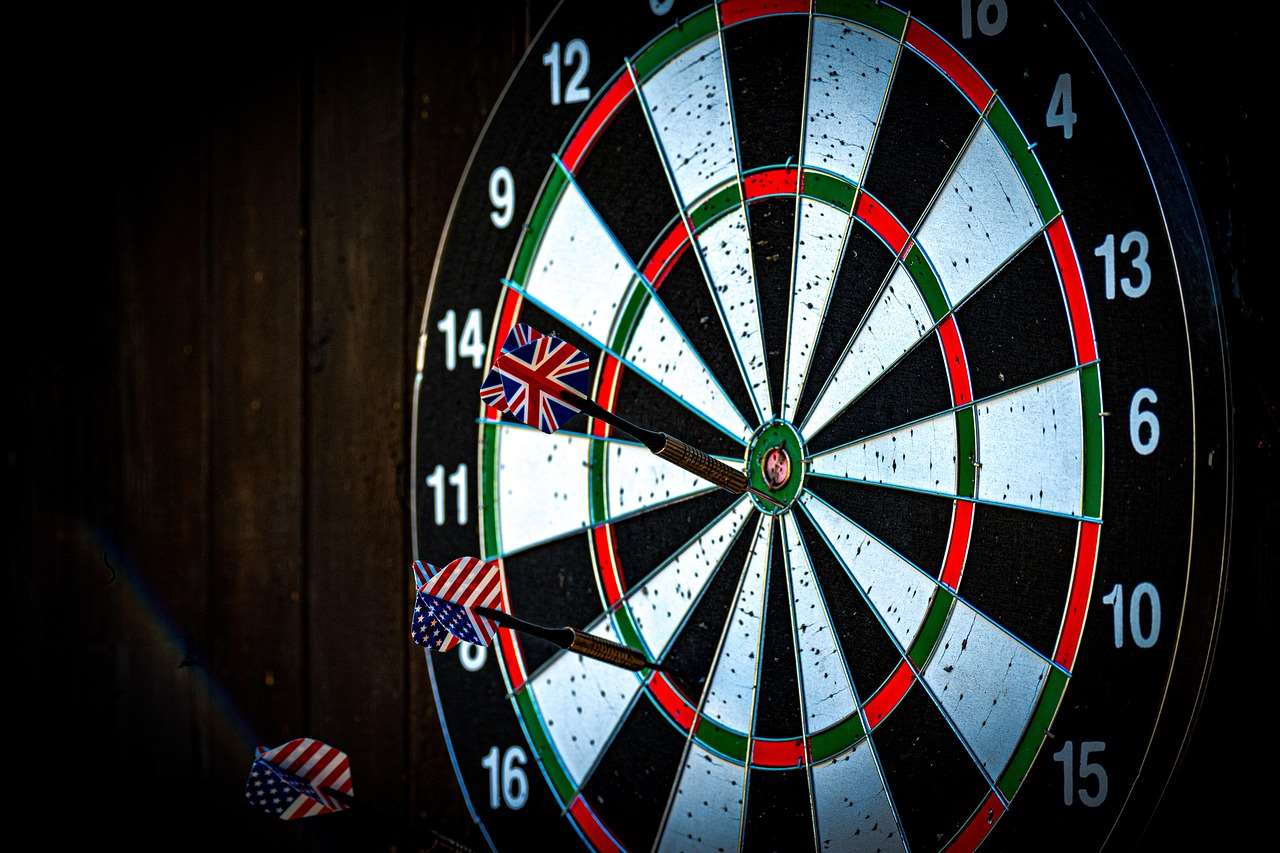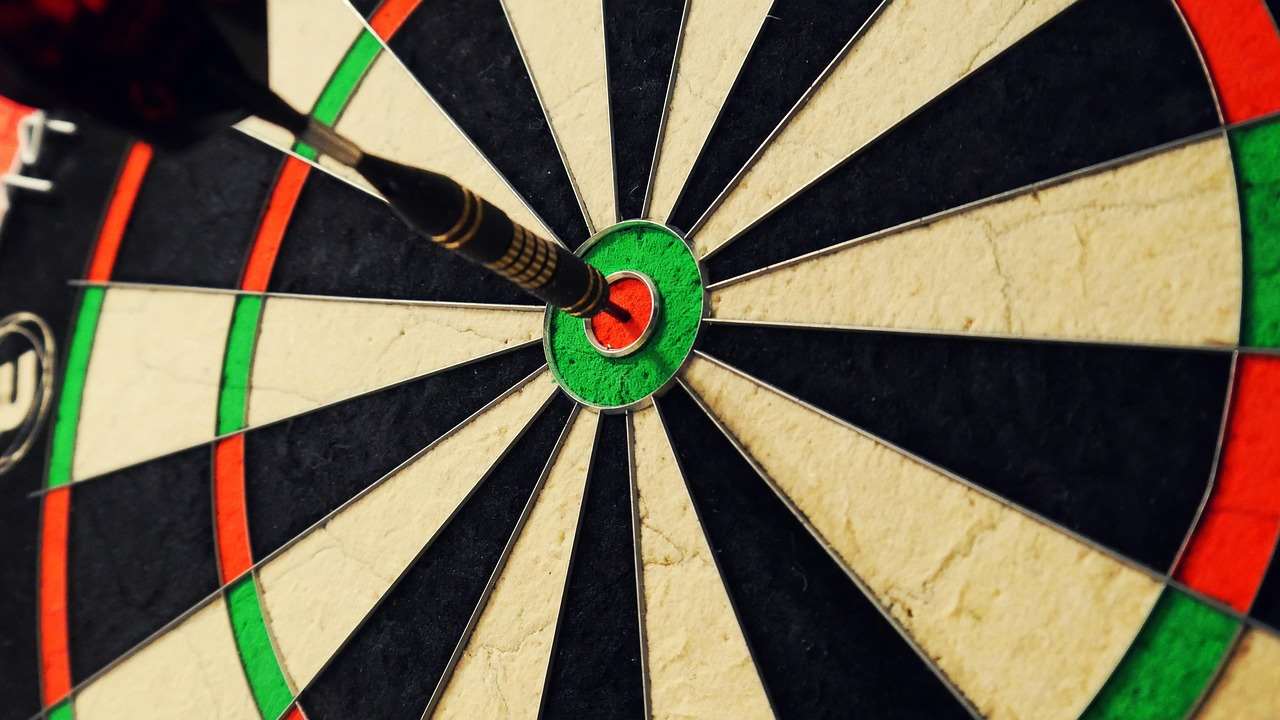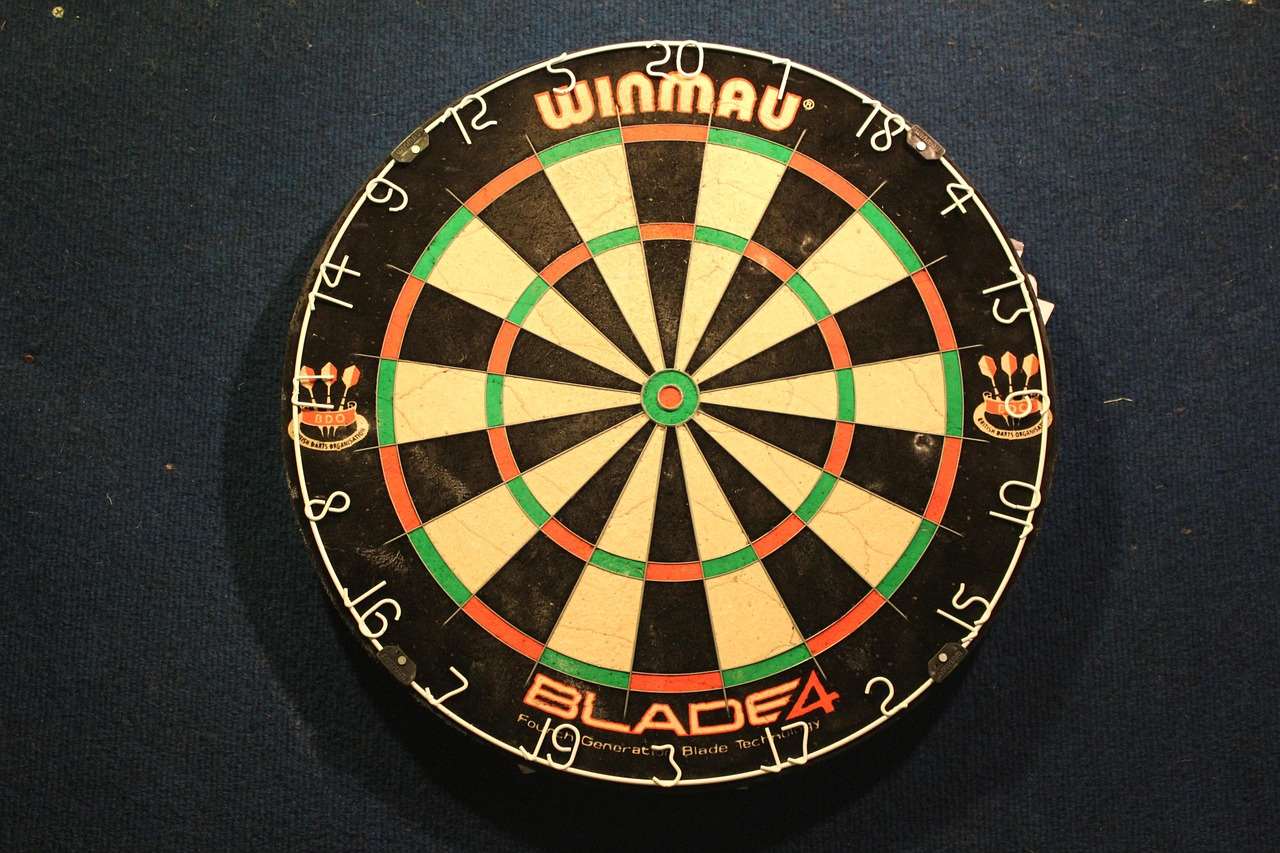Understanding the **English Cricket dartboard segments** is crucial for mastering this strategic darts variant; it dictates how you score runs and take wickets. This article will delve into the specific segments used in English Cricket, how they affect gameplay, and effective strategies for targeting them.
⚠️ Still Using Pen & Paper (or a Chalkboard)?! ⚠️
Step into the future! The Dart Counter App handles all the scoring, suggests checkouts, and tracks your stats automatically. It's easier than you think!
Try the Smart Dart Counter App FREE!Ready for an upgrade? Click above!
Understanding the Key **English Cricket Dartboard Segments**
Unlike standard darts, English Cricket focuses on specific numbers rather than total score. You need to master the art of hitting the right **segments on the dartboard** to score runs or close out numbers against your opponent. This involves understanding which numbers are in play and how the different sections – single, double, and treble – affect your progress.

The core principle revolves around “owning” a number. To own a number, you need to hit it three times, either through single, double, or treble hits. Once you own a number, you can score runs by hitting it further, but only after your opponent has also opened (owned) that number. The strategic depth lies in choosing which numbers to target based on your skill level and your opponent’s weaknesses.
The Role of Single, Double, and Treble Segments
Each number on the dartboard has three scoring zones: the single, the double, and the treble. Understanding their significance is key to success in English Cricket. Let’s break down each one:
- Single Segment: Hitting the single segment counts as one hit towards opening a number. It’s the most forgiving area and a good starting point when attempting to claim a number.
- Double Segment: The double segment counts as two hits towards opening a number. It’s riskier than the single, but it allows you to close out a number faster or rack up runs more quickly once a number is open.
- Treble Segment: The treble segment counts as three hits. Hitting a treble is the quickest way to open a number in one dart or to score three runs with a single dart. However, it is the smallest and most challenging segment to hit consistently.
A common strategy involves using a combination of these segments to open numbers quickly and efficiently. For example, hitting a single, then a double, achieves the same result as hitting a treble.
Strategic Targeting of **Dartboard Segments** in English Cricket
Knowing which **segments on the dartboard** to target is vital for winning at English Cricket. Here are some key strategic considerations:
- Choosing Your Numbers: Select numbers that you are comfortable hitting consistently. Consider the proximity of numbers on the board. Choosing numbers clustered together allows for easier transitions if you miss your intended target.
- Defensive Play: Sometimes, it’s more important to prevent your opponent from scoring than to score yourself. If your opponent is close to opening a number, try to steal it by hitting it three times first.
- Run Scoring: Once both you and your opponent have opened a number, prioritize scoring runs on that number to build your lead.
Remember to adapt your strategy based on your opponent’s playing style and the current state of the game. English Cricket darts strategy tips are extremely useful here.

Common Mistakes to Avoid When Targeting Specific Segments
Several common mistakes can hinder your progress in English Cricket. Avoiding these pitfalls can significantly improve your game:
- Tunnel Vision: Focusing too much on a single number can be detrimental. Be aware of which numbers your opponent is targeting and adjust your strategy accordingly.
- Inconsistent Aim: Develop a consistent throwing technique to improve your accuracy. Practicing regularly is the key to honing your skills.
- Ignoring the Double and Treble: Many novice players shy away from the double and treble segments, but mastering these areas can give you a significant advantage.
- Poor Number Selection: Choose numbers that are within your skill range and that offer strategic advantages based on the game situation.
Always be mindful of these common errors and strive to improve your consistency and strategic thinking. Understanding the How play English Cricket darts can also help in avoiding these mistakes.
Tips for Practicing and Improving Your Segment Accuracy
Consistent practice is essential for improving your accuracy when targeting specific **English Cricket dartboard segments**. Here are some effective practice drills:
- Target Practice: Dedicate time to focusing on specific numbers and segments. Aim for the double and treble segments regularly to improve your precision.
- Game Simulation: Practice playing full games of English Cricket to simulate the pressure and strategic decision-making involved in real matches.
- Record Your Progress: Keep track of your scores and accuracy over time to monitor your improvement and identify areas where you need to focus more attention.
- Vary Your Practice: Mix up your practice drills to keep things interesting and challenge yourself in different ways. Try practicing with different darts or different throwing techniques.
Remember that consistent, focused practice is the most effective way to improve your dart throwing skills. Knowing all Darts Variants Fun Games can also give a fun perspective of the game.

Advanced Strategies for Utilizing **English Cricket Dartboard Segments**
Once you’ve mastered the basics, you can start incorporating advanced strategies to gain a competitive edge. Here are a few advanced techniques to consider:
- Blocking: Intentionally hitting a number your opponent is targeting to prevent them from opening it or scoring runs.
- Setting Up: Strategically leaving yourself in a position to open a number or score runs on your next turn.
- Reading Your Opponent: Pay attention to your opponent’s tendencies and adjust your strategy accordingly. If they consistently miss a certain number, you can exploit that weakness.
These advanced strategies require a deep understanding of the game and the ability to think several steps ahead. This will help with Target numbers English Cricket game.

Choosing the Right Dartboard for English Cricket
While any standard dartboard can be used for English Cricket, selecting a high-quality board can improve your playing experience and longevity. Look for dartboards made from high-quality sisal fibers, which offer good durability and self-healing properties. The **segments** should be clearly defined and evenly spaced. Consider a board with a thin wire spider to minimize bounce-outs.
Regularly rotating your dartboard can also extend its lifespan by distributing wear and tear evenly across the surface. This ensures consistent play across all **segments**.
Equipment Considerations for English Cricket Darts
Choosing the right darts is a personal preference, but several factors can influence your performance. Consider the weight, grip, and balance of the darts. Experiment with different types of flights and shafts to find what works best for your throwing style. A well-balanced dart can significantly improve your accuracy when targeting specific **dartboard segments**.

Conclusion
Mastering the **English Cricket dartboard segments** is essential for success in this engaging and strategic darts variant. By understanding the role of single, double, and treble segments, practicing consistently, and employing advanced strategies, you can significantly improve your game and gain a competitive edge. Now that you understand the layout and strategies, grab your darts, practice targeting those key segments, and enjoy the challenge of English Cricket!
Hi, I’m Dieter, and I created Dartcounter (Dartcounterapp.com). My motivation wasn’t being a darts expert – quite the opposite! When I first started playing, I loved the game but found keeping accurate scores and tracking stats difficult and distracting.
I figured I couldn’t be the only one struggling with this. So, I decided to build a solution: an easy-to-use application that everyone, no matter their experience level, could use to manage scoring effortlessly.
My goal for Dartcounter was simple: let the app handle the numbers – the scoring, the averages, the stats, even checkout suggestions – so players could focus purely on their throw and enjoying the game. It began as a way to solve my own beginner’s problem, and I’m thrilled it has grown into a helpful tool for the wider darts community.